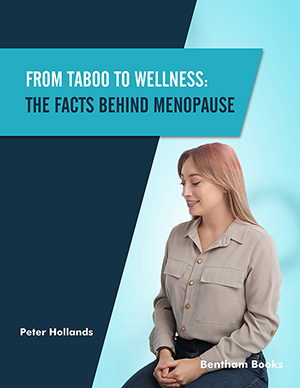Abstract
Background: Several methods have been designed to assess the risk of breast cancer. But according to studies conducted in Iran, the risk of Iranian women could not be correctly calculated.
Objective: This study aimed to explore the experts' perspectives on the most important risk factors of breast cancer in Iranian women.
Method: In round one, the risk factors identified from an integrative review of literature and specialist interviews (Delphi round one) were used to design a questionnaire survey. In round two, specialists were asked to rate the importance of each risk factor. In round three, respondents were asked to reprioritize moderate important risk factors. The items considered very important in round three were included in the core risk factors set.
Results: In the first round, a total of 119 items were obtained from the results of an integrative review of the literature and interview with experts. In round two, 30 specialists (response rate 50%) prioritized 119 risk factors of BC, and 43 low, 51 moderate and 25 high-level risk factors were identified by the experts. From those, 43 low-level risk factors were removed, and 51 medium-level risk factors were carried forward to round three for consensus. No consensus was reached on any of the risk factors that went into round three (response rate 86.7%). Therefore, 25 high-level risk factors were recognized as the most important risk factors for BC in Iran.
Conclusion: This study highlights the items that specialists feel would be most crucial to include in the clinical assessment of BC risk. This study has the potential to provide an appropriate and usable tool for detecting high-risk women in primary health care in Iran.
Keywords: Iranian women, breast cancer, delphy study, risk factors, integrative review, gail model.
[http://dx.doi.org/10.1007/s11912-010-0142-z] [PMID: 21108025]
[http://dx.doi.org/10.1016/j.mpmed.2012.08.010]
[http://dx.doi.org/10.1007/s10549-017-4247-z] [PMID: 28444533]
[http://dx.doi.org/10.4103/0975-7406.160020] [PMID: 26229355]
[http://dx.doi.org/10.1016/j.heliyon.2020.e03794] [PMID: 32346636]
[http://dx.doi.org/10.21859/mci-01023]
[PMID: 27644613]
[http://dx.doi.org/10.1177/2150131917696941] [PMID: 28606030]
[http://dx.doi.org/10.1111/j.1524-4733.2004.7s104.x] [PMID: 15367238]
[http://dx.doi.org/10.1061/(ASCE)CO.1943-7862.0000137]
[http://dx.doi.org/10.1186/s12913-019-3888-5] [PMID: 30696446]
[http://dx.doi.org/10.2147/RMHP.S243929] [PMID: 32581615]
[http://dx.doi.org/10.1111/j.1365-2648.2007.04569.x] [PMID: 18352969]
[http://dx.doi.org/10.1186/1745-6215-15-49] [PMID: 24495582]
[http://dx.doi.org/10.1002/bjs.9883] [PMID: 26179938]
[http://dx.doi.org/10.1371/journal.pmed.1000393] [PMID: 21283604]
[http://dx.doi.org/10.1177/1558689806292430]
[http://dx.doi.org/10.1136/annrheumdis-2011-201201] [PMID: 22772326]
[http://dx.doi.org/10.1016/j.ijnurstu.2020.103632] [PMID: 32505813]
[http://dx.doi.org/10.1186/s41927-019-0099-y] [PMID: 31742245]
[http://dx.doi.org/10.1136/bmjopen-2019-034335] [PMID: 32723734]
[http://dx.doi.org/10.1111/hex.12462] [PMID: 27123987]
[PMID: 35392324]
[http://dx.doi.org/10.3390/nu13093173] [PMID: 34579050]
[http://dx.doi.org/10.1002/cam4.2589] [PMID: 31642614]
[http://dx.doi.org/10.1097/ACM.0000000000001812] [PMID: 28678098]
 6
6 1
1










